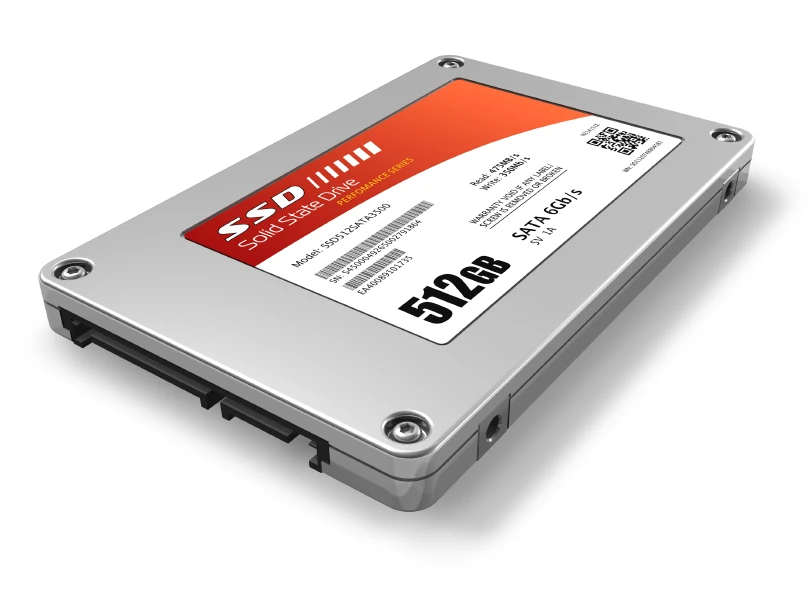Storage devices and media
In this session you will look at many different storage devices and the media that is used today and well as there use, the capacity and there advantage and disadvantage.
The difference between storage devices and media
A storage device is something that has the ability to read and also write information to and from storage media, for example a CD/DVD writer or tape drive.
Storage devices and media: their advantages and disadvantages
| Storage devices | Advantage | Disadvantage | |
 |
Fixed hard disk: found in most of the computers as the main storage device. |
|
|
 |
Portable hard disk drives: a portable version of the hard disk. Ideal for transferring data from one computer to another and also used to increase a system’s storage capacity. |
|
|
 |
Magnetic tapes: used most commonly for large scale data storage and backup. |
|
|
 |
Optical CD/DVD: optical disk,normally used in retail for music releases and films to be played on home entertainment systems. |
|
|
 |
CD/DVD-ROM: optical disk, used to store commercial computer software such as an encyclopedia, game or installation disk. |
|
|
 |
CD/DVD-R(Media):optical disk that can be written with data or media files once only. Used for backups and writing music CD. |
|
|
| |
CD/DVD-RW: optical disk that can be written with computer or media files, erased and used again. |
|
|
| |
DVD-RAM:similar to a DVD-R but designed to be more robust, with quicker access. |
|
|
| |
Blu-ray: a high capacity optical disk use for high definition movie and data backup. |
|
|
 |
Solid state memory: used microchips to store information with no moving parts; found in portable drives and memory cards. |
|
|
 |
Pen drives: extremely portable solid state memory storage devices; designed for personal use and are normally built to use USB sockets. |
|
|
 |
Flash memory cards (Media): use solid state memory and found in digital cameras, mobile phones and gaming devices. |
|
|
Describing Storage devices and media
Different devices access and use memory in different ways. The following terms may be referred to when describing storage devices and media.
Main or internal memory: Memory used be a computer system when processing or storing information. Random Access Memory(RAM) can be read and also written to while using programs. The more the RAM in the system the much faster it is. Read Only Memory(ROM) hold only a permanent data and cannot be changed.
Backing storage: Any type of data storage device apart from RAM or ROM. So the hard disk drive that is found in PCs also use permanent data storage even when it’s turn off.
Serial and Sequential: Data is stored in a sequential sequence so that information stored can only be access by scanning through the data to that point.
Direct/random access: Any piece of information stored on a random access device and can be access without having to scan through its whole content.
Connectivity: Many computers may use an internal drive to read storage media, but external devices can also be connected by USB, Firewire or Ethernet cable or by using Wi-Fi networking.
Storage capacity
| Storage device or media | Typical capacities (at the same time of publication) |
| CD* | 700 megabytes (MB) |
| DVD* | 4.7 or 8.54 gigabytes (GB) (single or dual layer) |
| DVD RAM* | 4.7 or 9.4 GB (single or dual layer) |
| Blu-ray* | 25 or 50 GB (single or dual layer) |
| Pen drive** | 2-64 GB |
| Flash memory cards** | 2-64 GB |
| Portable disk drive** | 320 GB-4 TB |
| Solid state drive ** | 100-500 GB |
| Hard disk drive** | 1-4 TB |
| Magnetic tape** | 500 GB to 5 TB |
File sizes
| 8 bits | 1 byte |
| 1024 bytes | 1 kilobyte (KB) |
| 1024 kilobytes | 1 Megabyte (MB) |
| 1024 Megabytes | 1 Gigabyte (GB) |
| 1024 Gigabytes | 1 Terabyte (TB) |
